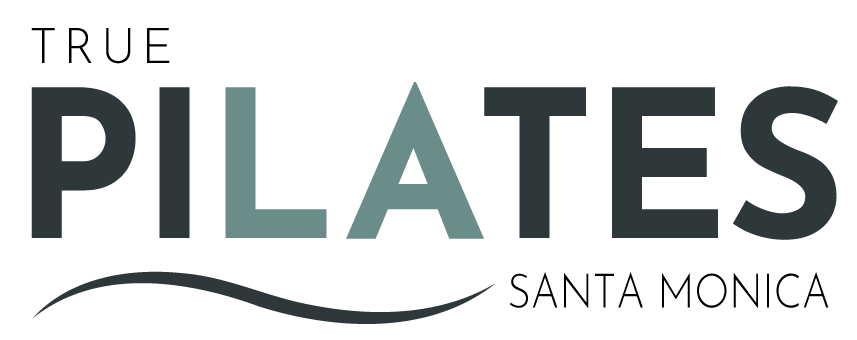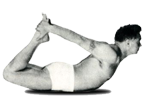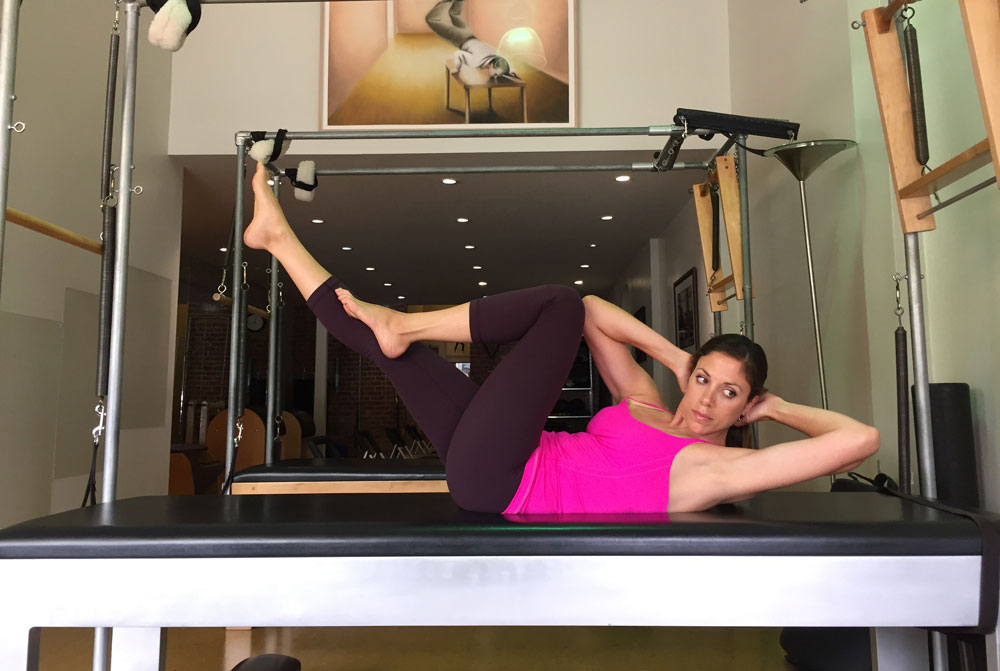Pain Relief
Training your muscles to realign your body can help you feel better!
Athletic Recovery
Whether you're a Pro, Gym Rat, or Weekend Warrior learn how Pilates can help you prevent injury so you can keep doing what you love
Core Strength
For over 100 years Pilates has been the most core-oriented form of exercise out there.
Sculpt your body right!
Reap the Benefits
“We don’t perform the exercises, we benefit from them.” – Maytal
Flexibility
Coordination
Mobility
Energy
Dexterity
Balance
Agility
Better Posture
Body Symmetry
Alignment
Bone Density
Circulation
Pain
Stiffness
Muscle Fatigue
Sports-Related Injuries
Stress
Injury Prevention
Better Body Awareness
Lengthen & Strengthen Muscles
Confidence
Sustained Strength
Agelessness
Maintain an Active Life
Pain Management
Pain Management
The opposite of stiffness is movement
Pilates is not physical therapy but in many circumstances it can provide pain relief.
Most pain is caused by an imbalance of muscle function and in those cases can be alleviated or eased through realignment and movement promoting circulation.
When only a few muscles dominate repeated movement they fatigue and become prone to damage. Pilates trains your antagonistic (balancing) muscles to move you into alignment. By redistributing the responsibility of movement and structural support throughout the body the burden is lessened and pain relief can be attained.
Athletic Recovery
There’s sport and then there’s fitness.
Staying fit is an important part of a healthy lifestyle. People usually turn to playing sports as a means of fitness. They consider the high intensity, cardio work, resulting exhaustion and muscle soreness as being an indicator of a good and thorough workout. But it’s important to note a very crucial distinction between workout and play…
core strength
Core, What is it good for?
Absolutely EVERYTHING!
Ask 3 different people to describe the core and you’ll get 3 different answers. The truth is that the term “core” is a vague descriptor and differs in meaning to each person. You can’t work to strengthen something if you don’t know what it is or how to use it…
Perhaps the most enigmatic of body parts, the core is often described as the source of limitless strength and balance. You’ve heard, correctly, that achieving a “strong core” is vital for your health. So what is it? What makes it all-powerful? And how do you build it to benefit your body in the way it’s been promised?


